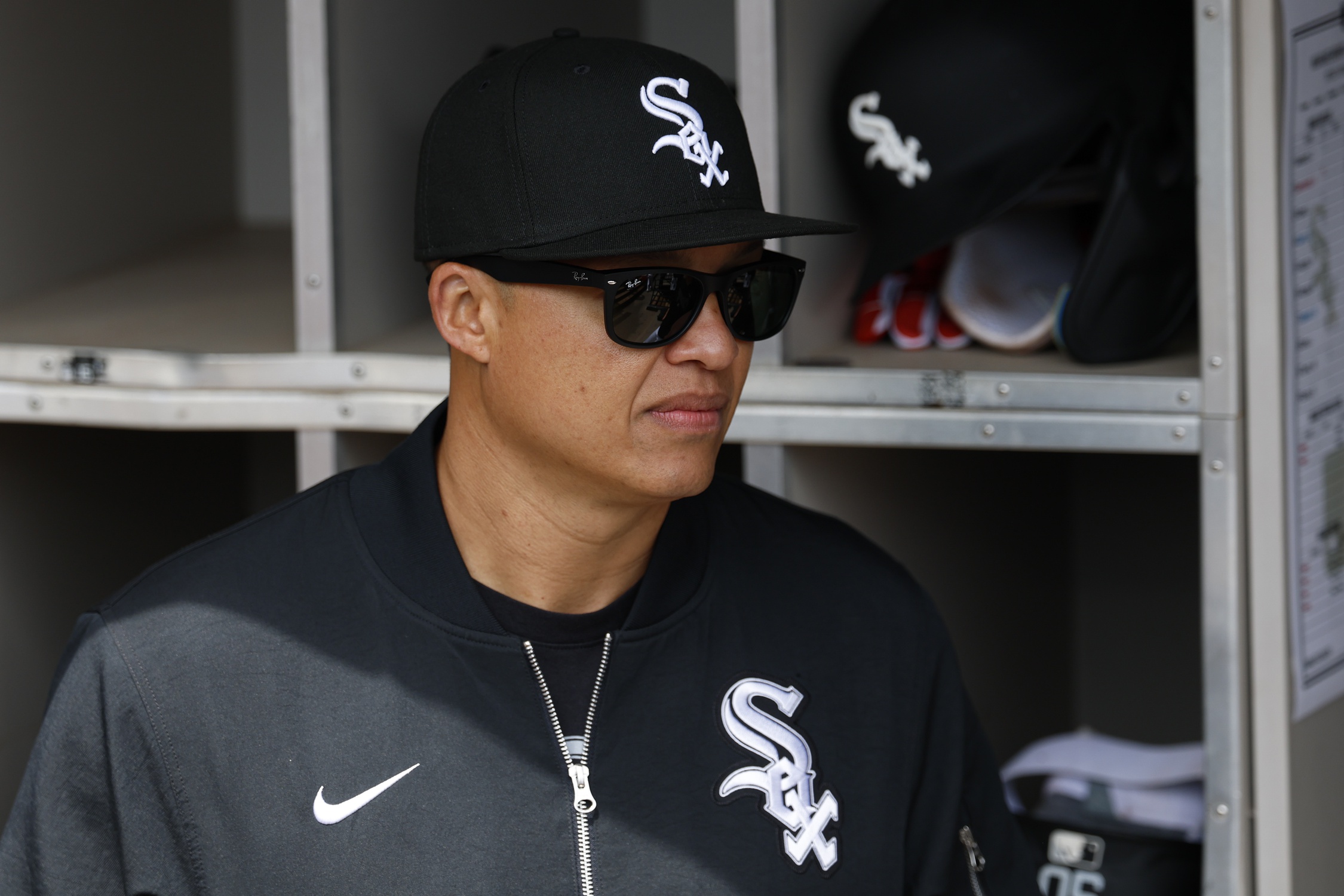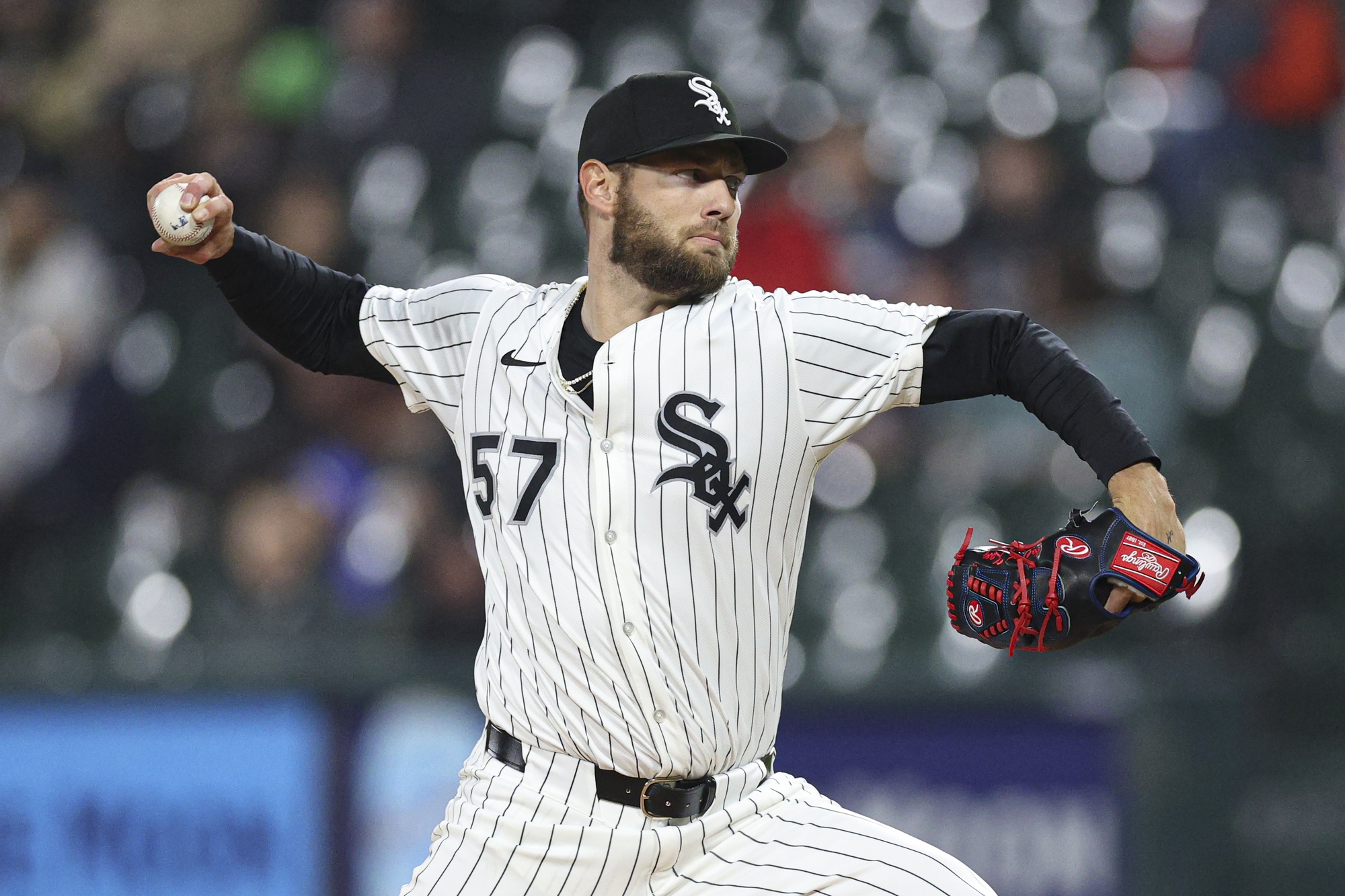Despite supplying so many players to the White Sox over the course of the season that they burned through 94 players themselves, the Charlotte Knights spent most of the season hanging around .500. It wasn't until August when they started running out of gas, going 15-31 over the final month and a half to finish 65-85 on the season, a five-game slide from the year before.
The Charlotte offense wasn't perfect, what with the second-most strikeouts and the fourth-fewest walks. However, it graduated guys like Edgar Quero, Kyle Teel and Colson Montgomery to the majors, while serving as an effective recovery room for Brooks Baldwin. Tim Elko and Will Robertson didn't stick in the majors, but they earned multiple chances with their performances as Knights.
Even after the biggest prospects moved up, the Charlotte lineup remembered it called Truist Field home. The Knights, who hit just 158 homers to finish in the bottom half of the International League in 2024, rebounded with 199 homers, which was tied for the league lead.
| Hitters | Age | R/G | BB% | K% | AVG/OBP/SLG |
|---|---|---|---|---|---|
| Charlotte | 26.2 | 5.09 | 9.8 | 24.7 | .253/.335/.431 |
| League | 26.3 | 4.94 | 10.8 | 23.1 | .251/.340/.410 |
Of course, they also surrendered the most homers in the league, the major component in allowing more runs than every team except the Rochester Red Wings. But since they only surrendered 195, they came out three runs ahead.
| Pitchers | Age | RA/9 | BB% | K% |
|---|---|---|---|---|
| Charlotte | 27.2 | 6.02 | 11.7 | 21.2 |
| League | 27.3 | 5.17 | 10.8 | 23.1 |
With the major league roster expanding by two spots in September while the Birmingham Barons played for a second consecutive Southern League title, the Knights donated their most productive players up the ladder without receiving commensurate help from below. Here are the ones who remained in between to the very end:
Hitters
Jacob Gonzalez: He was the first hitter promoted from Birmingham to Charlotte during the season, but the fact that it came in late July with Gonzalez hitting .244/.305/.369 took some of the shine off it. Still, given that Gonzalez led the Barons in isolated power, there was the possibility that Regions Field and the Southern League in general might have suppressed some of his production, or that Truist Field's friendlier dimensions would aid in a graceful transition. Instead, he hit .204/.310/.293 with just two homers over 45 games.
That could tell the story by itself, but it's worth noting that the hit tool didn't take at the higher level. He went the last 20 games of the season without a multi-hit game, finishing the year .182/.239/.212 with as many doubles as double plays (two) while striking out in 22.5 percent of his plate appearances, which is a lot for him. There's the part where his contact doesn't generate sizzling exit velocities, but it also doesn't take useful shapes, which is how a guy like Chase Meidroth was able to hit .293 at Triple-A Worcester despite just seven homers last year. A little bit more barrel control might get him to the majors as a utility infielder because he does everything else well enough, but impact is lacking in multiple senses of the word.
Tim Elko: Impact wasn't a problem for Elko, at least in Charlotte. He hit .292/.357/.552 with 26 homers in 96 games with the Knights, and his four homers over 23 games with the White Sox got him to an even 30 for the year. It made for both a fantastic season and a frustrating one. Zoom out, and it's pretty cool that a well-liked 10th-round pick who signed for $35,000 made it to the majors had a number of standout moments. In the thick of it, the amount of swing-and-miss in his game eventually manifested in him going 0-for-21 with 16 strikeouts over his last 24 MLB plate appearances, which were scattered over three different stints. All signs point to life as a Triple-A masher, but he's beaten the odds to get to this point, so there's no point in ruling him out just yet.
Bryan Ramos: He's in a tough spot after hitting .216/.309/.396 at Charlotte, especially since now out of options. An elbow injury in spring training probably isn't the reason he struggled to the extent that he did, but it interrupted him from picking up where he left off at the end of 2024, and also kept him from getting work in the outfield at a point where any added versatility would be a major selling point. The tools of a big leaguer are still there, but he hasn't been able to combat being worked east-to-west, which limits his ability to make loud contact on a regular basis.
Pitchers
Noah Schultz: When Sean Burke spent most of 2023 limited by shoulder problems, he talked about learning how to compete when he didn't have his best stuff, because it was the only way to reframe what would've otherwise been a lost season. The same can be said for Schultz, whose relative ineffectiveness could suddenly be explained when he ceded that he couldn't get past patellar tendinitis. He was able to get 73 innings because he was able to post with Birmingham, but once he hit Charlotte and allowed 18 runs over 16⅓ innings, pitching for pitching's sake stopped being worth it. He didn't have the standard effectiveness of his sinker-slider combination, and the development of his cutter didn't take. The jury's out on the changeup.
Peyton Pallette: He looks worthy of a 40-man roster spot since he's eligible for the Rule 5 draft, as he struck out 86 batters against 28 walks over 64⅓ innings between Birmingham and Charlotte. Still, given the amount of turnover in the bullpen, it's a little surprising that the White Sox didn't get a jump on the process by adding him to the September mix. Maybe it's because he's vulnerable to lefty slug, or maybe it's because his three-pitch mix doesn't yet look suited for major league leverage opportunities, and the White Sox had enough righties in the front end of the bullpen.
Jairo Iriarte: The White Sox used 29 different pitchers over the course of the season, not counting the three position players who combined to contribute seven innings. Despite spending the entire season on the 40-man roster, Iriarte wasn't one of them. He opened the season struggling in the Charlotte rotation, and after a sabbatical in Arizona akin to Colson Montgomery's, spent the last three months struggling in the Charlotte bullpen. All in all, he posted a 7.24 ERA, allowing 37 walks on top of 53 hits over 46 innings, and the deteriorating mechanics and metrics have left Brian Bannister scratching his head.
Shane Murphy: He finished with the lowest WHIP (0.887) and second-lowest ERA (1.66) among qualified pitchers in minor league baseball, yielding just 25 walks over 135⅓ innings, most of them concentrated in Birmingham. Despite the incredible success, the White Sox didn't promote him to Charlotte until the very end of the season. He fared well enough in this exposure to Triple-A hitting, but there are signs that he'll have to tread more carefully, as he walked seven batters and gave up a pair of homers over 14⅔ innings with the Knights. The gap between Murphy's numbers and the enthusiasm over his stuff creates quite the conundrum when it comes to the idea of protecting him from selection in the Rule 5 draft.
Duncan Davitt: He ended up throwing 152 innings over 28 starts with Double-A Montgomery, Triple-A Durham, and then Charlotte when he came over from Tampa Bay in the Adrian Houser trade, so that speaks to his ability to compete. He finished with a 5.40 ERA over 68⅓ innings in his first 13 starts at Triple-A, as he dealt with the same low-slot-righty issues as Jonathan Cannon, except with a little less on his fastball. That's the tension as the Sox weigh whether to protect him from the Rule 5 draft. Given that he documents his career in various forms, we'll probably learn about his offseason progress at some point, but right now he's covering high school sports.






